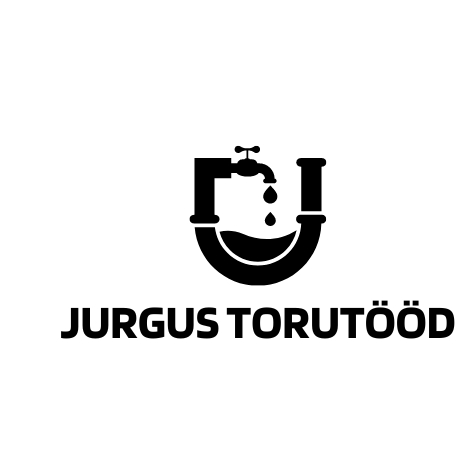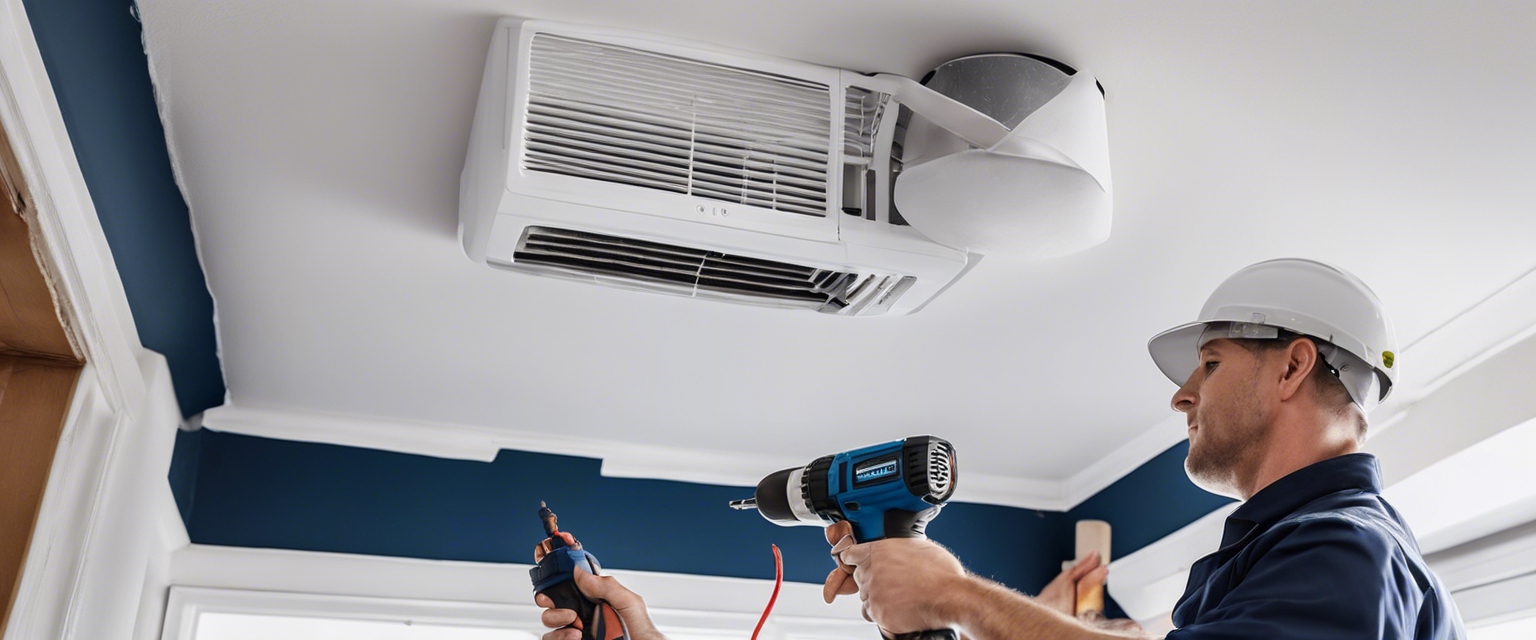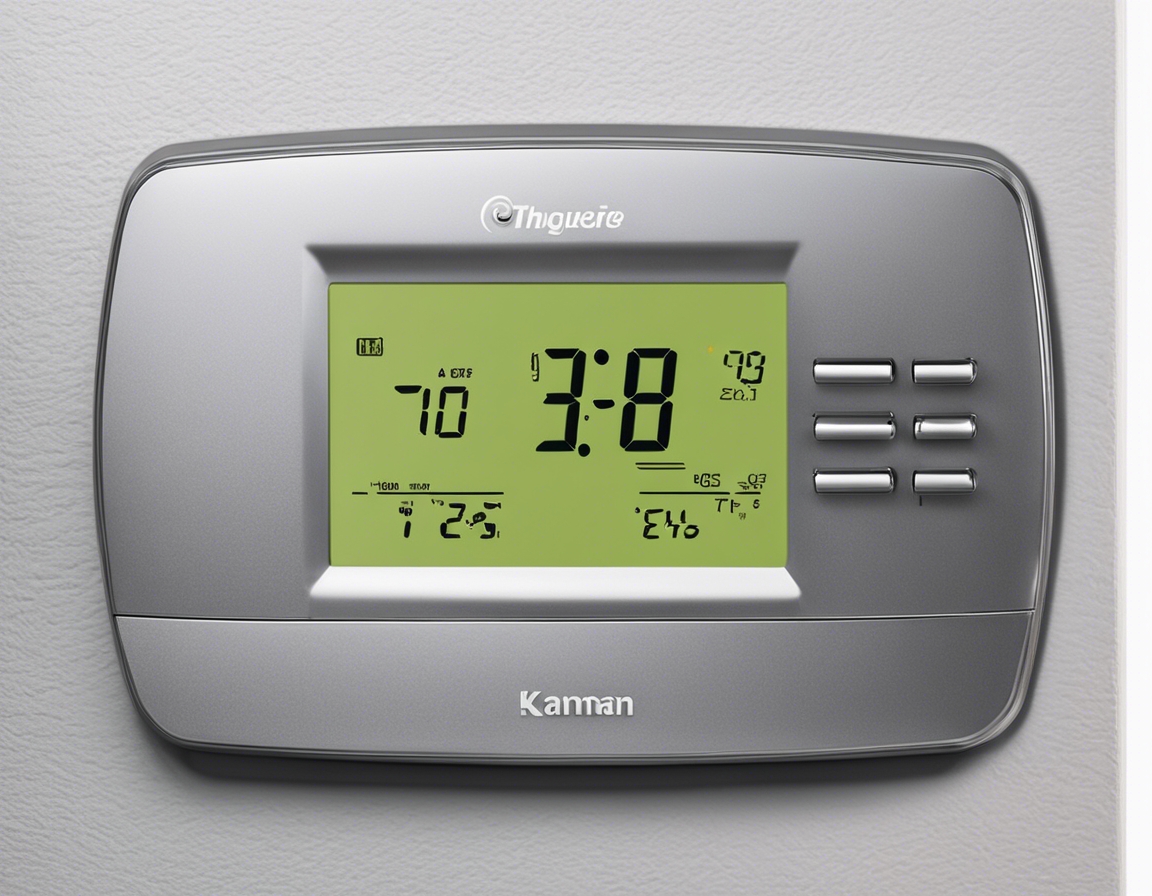5 signs your home needs a ventilation upgrade
Proper home ventilation is crucial for maintaining a healthy, comfortable, and energy-efficient living environment. It involves the exchange of indoor air with fresh outdoor air, helping to remove pollutants, moisture, and odors. A well-designed ventilation system can significantly improve the quality of life within your home.
Good ventilation is essential for preserving indoor air quality and preventing the buildup of harmful contaminants. It also plays a key role in regulating humidity levels, which can affect both the durability of your home and your health.
There are various types of ventilation systems, from natural ventilation to mechanical systems like exhaust fans and heat recovery ventilators. Each system has its own set of benefits and is suitable for different types of homes and climates.
Sign 1: Persistent Unpleasant Odors
If you notice lingering smells from cooking, pets, or other sources, it could indicate that your home's ventilation is inadequate. These odors are a sign that the air in your home is not being refreshed as it should be.
Indoor odors can stem from a variety of sources, including cooking fumes, pet dander, tobacco smoke, and even off-gassing from building materials and furniture.
Upgrading your ventilation system can help to expel these odors, replacing stale indoor air with fresh outdoor air and improving the overall ambiance of your home.
Sign 2: Condensation and Mold Growth
Excessive moisture can lead to condensation on windows and walls, which is often a precursor to mold growth. This not only damages your property but can also pose serious health risks.
High humidity levels in your home can be reduced with proper ventilation, which helps to control moisture and prevent condensation.
Mold spores can cause allergic reactions and respiratory problems. Ensuring that your home has adequate ventilation can help to prevent mold growth and protect your health.
Sign 3: Allergies and Respiratory Issues
Another indicator that your home may need a ventilation upgrade is if occupants experience increased allergies or respiratory issues. Poor indoor air quality can exacerbate these conditions.
Indoor air pollutants, including dust mites, pollen, and pet dander, can be effectively removed with a good ventilation system, thus improving respiratory health.
By upgrading your ventilation system, you can create a healthier environment for those suffering from allergies by ensuring a constant supply of clean air.
Sign 4: High Energy Bills
Surprisingly, your home's ventilation can impact your energy bills. Inefficient ventilation systems can cause your heating and cooling systems to work harder, leading to increased energy consumption.
Modern ventilation systems are designed to be energy-efficient, often including features like heat recovery that can significantly reduce heating costs in the winter.
By upgrading to a more efficient system, you can enjoy lower energy bills while maintaining a comfortable indoor climate.
Sign 5: Uneven Heating or Cooling
If certain areas of your home are consistently too hot or too cold, it could be a sign that your ventilation system is not distributing air properly.
Adequate ventilation helps to ensure even distribution of temperature throughout your home, eliminating hot or cold spots.
An upgraded ventilation system can provide balanced airflow, enhancing comfort levels in every room of your house.






Comments (0)